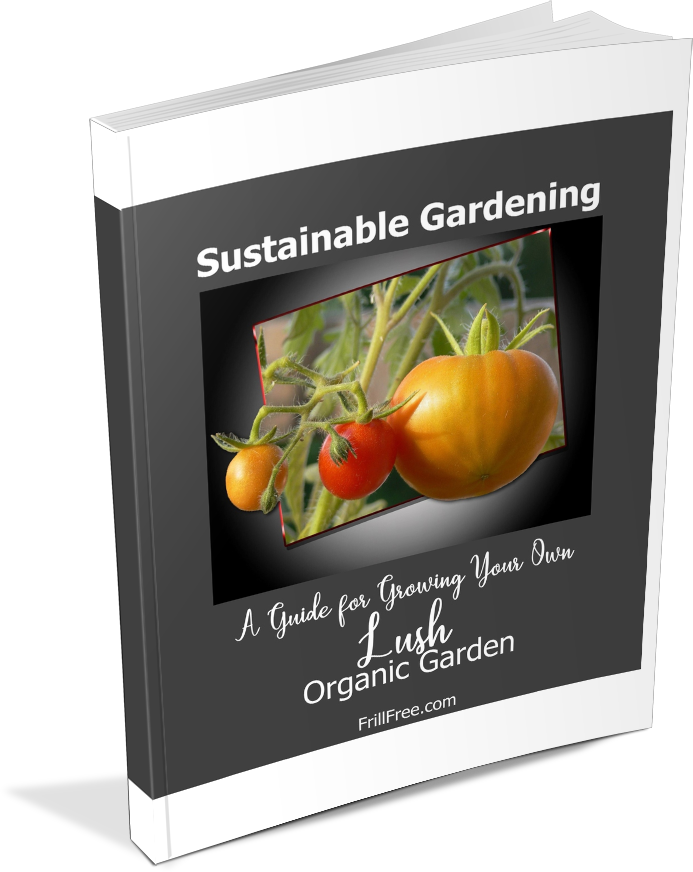Hot Bed
Utilize the heat of compost for raising seedlings
With the climate changing, we need every
edge we can come up with; drought smart strategies, mulching and water capture,
among others.
A hot bed meshes perfectly with all these methods; once the early spring season is done, and real spring weather arrives, the compost you’ve used for your hot bed can be moved to a bin for squash or other high feed requiring plants, or, just plant the pumpkin seeds right in it, closing the lid if it's too cold.
You can extend both ends of the season and keep right on producing great healthy vegetables with this method.
Hot beds are also a perfect way to use compost from the chicken coop due to its heat producing potential.
Any other material that tends to get a lot of heat such as grass clippings, horse manure and chopped fall leaves can be used too.
If the pile doesn't heat up enough, use some liquid organic fertilizer to boost the process.
To create even more heat, a sprinkling of rancid flour or other grain (chopped so it doesn't germinate) will provide an activator.
Use caution when building your hot bed out of hay or straw bales, due to the fire hazard of some materials. You want heat, yes, but not actual flames!
Hot Bed Construction
Decide on a size – don’t get carried away, as even a relatively small space can provide lots of seedlings.
The optimum size for adequate heat production is at least one cubic meter of compost; anything smaller than that just won’t heat up.
Using whatever windows you have available for a lid will give you a good starting size.
I use the measurement of two flats side by side to give me a basic size – about one meter is perfect as you can still reach all the way over from one side.
Gardeners are renowned for their use of
waste, junk or recycled materials to build the required projects in their
gardens. Hot beds are no exception.
I use what ever is available; old lumber, hay bales that are moldy or wet salvaged from a local horse person, bags of leaves; your imagination is the limit.
Caution:
Shy away from treated lumber, especially old railroad ties or anything treated with creosote, copper napthanate or other poisons for food production or seedlings – even if they’re free, such as pallets.
Newer techniques involve heat treating, so try to find those pallets. They should have a stamp on designating the type of treatment.
I've made a hot bed using old hay bales for the sides and leaf bags for the ends.
A tarp lines the inside of the bin to make it easy to clean up after.
The compost that I used was one wheelbarrow load of aged compost topped with the winters collection of kitchen scraps.
As I live in an area that gets and stays below freezing for several months I collect all the scraps in a garbage can until the weather’s warming up in the spring.
On top of that, there is a layer of leaves, held in place by the tarp folded over it, which is in turn protected by a sheet of metal roofing.
The bed frame makes a perfect tunnel covered by plastic sheeting.
Once the compost starts to heat in a few days to a week, seed some Chinese greens and other yummy greens in flats for that first taste of spring.
Look for those vegetables with short growing seasons - less than a month from seed to harvest for early crops. Grow heat loving seedlings to transplant once the weather settles in May or June.













